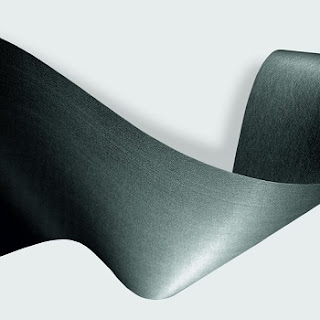China Introduces Measures to Reduce Non-biodegradable and Disposable Plastics

It’s piled up in landfills. It clutters fields and rivers, dangles from trees, and forms flotillas of waste in the seas. China’s use of plastic bags, containers and cutlery has become one of its most stubborn and ugliest environmental blights. Actions to Drastically Reduce Use of Disposable Plastic Items So the Chinese government has introduced measures to drastically cut the amount of disposable plastic items that often become a hazard and an eyesore in the country, even deep in the countryside and in the oceans. Among the new guidelines are bans on the import of plastic waste and the use of nonbiodegradable plastic bags in major cities by the end of this year. Other sources of plastic garbage will be banned in Beijing, Shanghai and wealthy coastal provinces by the end of 2022, and that rule will extend nationwide by late 2025. Serious and Systematic Efforts Previous efforts to reduce the use of plastic bags have faltered in China, but the government has indicated





